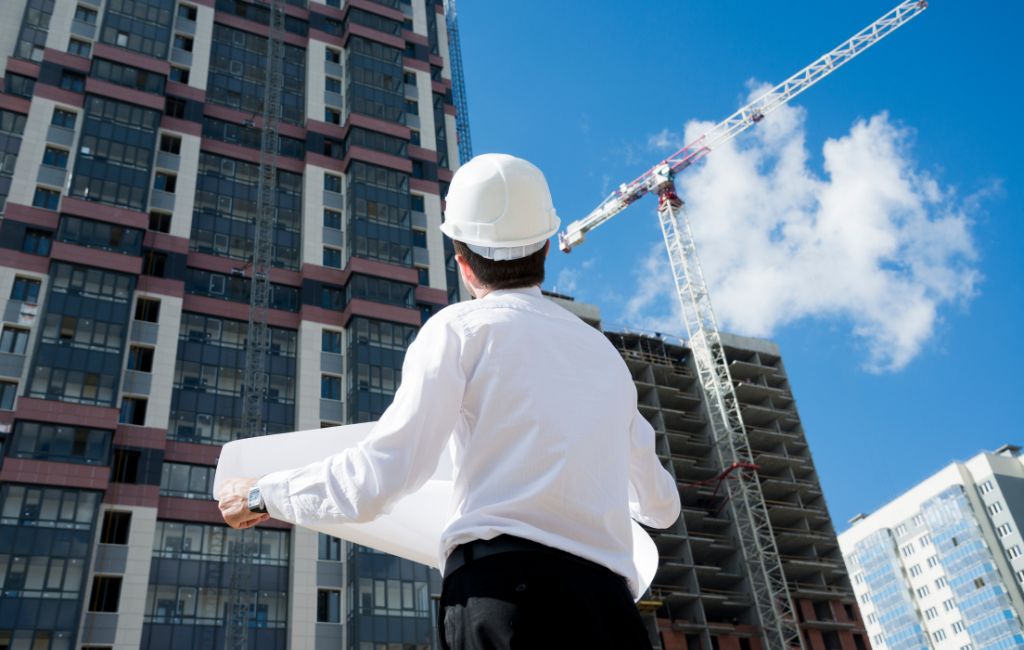Architect Solutions for Urban Innovation
Urban areas are evolving rapidly, driven by technological advancements, population growth, and environmental challenges. Architects play a pivotal role in shaping these urban spaces to be more sustainable, efficient, and livable. This article explores various architect solutions that contribute to urban innovation, supported by examples, case studies, and statistics.
Green Building Design
Green building design focuses on creating structures that are environmentally responsible and resource-efficient. This approach minimizes the negative impact on the environment and enhances the well-being of occupants.
Key Features of Green Buildings
- Energy-efficient systems
- Use of renewable energy sources
- Water conservation techniques
- Use of sustainable materials
- Indoor environmental quality
One notable example is the Bullitt Center in Seattle, often referred to as the greenest commercial building in the world. It features solar panels, rainwater harvesting, and composting toilets, achieving net-zero energy and water usage.
Smart Cities
Smart cities integrate information and communication technology (ICT) to enhance the quality and performance of urban services. This integration leads to improved efficiency, reduced costs, and better quality of life for residents.
Components of Smart Cities
- Smart grids for efficient energy distribution
- Intelligent transportation systems
- Smart waste management
- Connected public services
- Data-driven decision-making
Barcelona is a prime example of a smart city. The city has implemented smart street lighting, which adjusts brightness based on pedestrian activity, and a smart parking system that guides drivers to available spots, reducing traffic congestion and emissions.
Mixed-Use Developments
Mixed-use developments combine residential, commercial, and recreational spaces within a single area. This approach promotes walkability, reduces the need for long commutes, and fosters a sense of community.
Benefits of Mixed-Use Developments
- Efficient land use
- Reduced traffic congestion
- Enhanced social interaction
- Economic vitality
- Improved public safety
The Hudson Yards project in New York City exemplifies a successful mixed-use development. It includes residential units, office spaces, retail stores, parks, and cultural venues, creating a vibrant urban environment.
Adaptive Reuse
Adaptive reuse involves repurposing old or underutilized buildings for new functions. This approach preserves historical architecture, reduces construction waste, and revitalizes urban areas.
Examples of Adaptive Reuse
- Converting factories into loft apartments
- Transforming warehouses into office spaces
- Repurposing churches into community centers
- Turning old schools into co-working spaces
The Tate Modern in London is a notable example of adaptive reuse. Originally a power station, it has been transformed into a world-renowned art museum, attracting millions of visitors annually.
Public Spaces and Placemaking
Public spaces and placemaking focus on designing areas that encourage social interaction, cultural expression, and community engagement. These spaces enhance the quality of urban life and foster a sense of belonging.
Characteristics of Successful Public Spaces
- Accessibility and inclusivity
- Safety and comfort
- Variety of activities
- Engaging design elements
- Community involvement
Millennium Park in Chicago is a prime example of successful placemaking. It features iconic structures like the Cloud Gate sculpture, open green spaces, and a variety of cultural events, making it a popular destination for both residents and tourists.
Resilient Urban Design
Resilient urban design aims to create cities that can withstand and recover from various challenges, such as natural disasters, climate change, and economic fluctuations. This approach involves proactive planning and innovative solutions.
Strategies for Resilient Urban Design
- Flood-resistant infrastructure
- Green roofs and walls
- Flexible public spaces
- Community-based disaster preparedness
- Sustainable transportation systems
Rotterdam’s water plazas are an excellent example of resilient urban design. These multifunctional public spaces can temporarily store excess rainwater during heavy storms, reducing the risk of flooding while providing recreational areas during dry periods.
Conclusion
Architects have a significant role in driving urban innovation through various solutions such as green building design, smart cities, mixed-use developments, adaptive reuse, public spaces, and resilient urban design. These approaches not only address current urban challenges but also pave the way for more sustainable, efficient, and livable cities. By learning from successful examples and case studies, cities worldwide can adopt these innovative solutions to create better urban environments for future generations.
